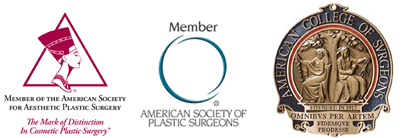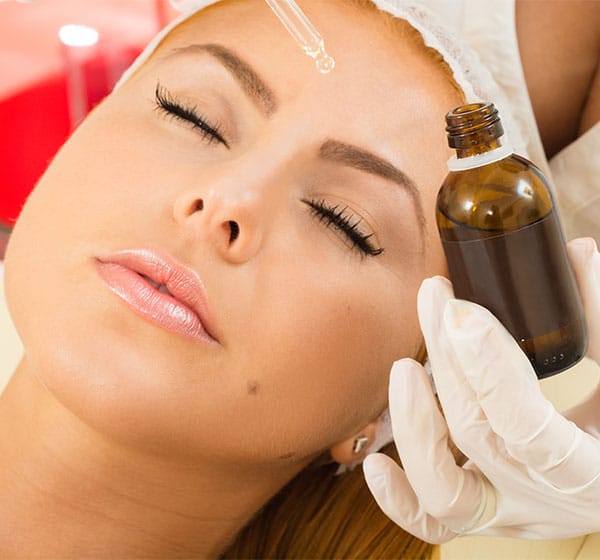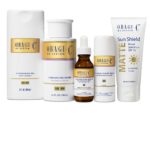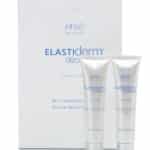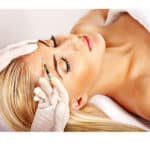$500.00
Description
Salicylic, glycolic or modified Jessner’s peels are custom blended based on skin type and needs. Most chemical peels require little to no down time. Peels increase cellular turnover, reduce fine lines, improve skin texture and clarity; and decrease acne and oily skin conditions. For aging skin, a series of chemical peels stimulates collagen production and generates a firmer, more youthful appearance. The term “chemical peel” may sound intimidating to patients used to traditional facials alone. It helps to know that the chemicals in these peels are derived from natural ingredients. Some examples of these ingredients are:
- Glycolic acid ->sugar cane
- Lactic Acid -> sour milk
- Citric acid -> citrus fruit
- Phytic acid -> rice
- Salicylic acid-> willow bark, wintergreen leaves, and sweet birch
Alpha hydroxy acids (AHAs). The most common AHAs are glycolic, lactic, tartaric and malic acids. Often called a “lunchtime” peel,” AHAs are popular because they cause only minimal irritation and require no downtime. Benefits of glycolic peels include improved quality of elastic fibers and increased density of collagen.
Beta hydroxy acid (BHA). BHA (also known as salicylic acid) treats the same skin conditions as AHAs; however, it penetrates the epidermis more deeply than AHA peels. Salicylic acid has been used for decades to treat acne conditions because of its anti-inflammatory, lipophilic and comedolytic properties.
Jessner’s. Stronger than BHAs, the Jessner’s peel is great for treating hyperpigmentation, oily skin, acne conditions and fine lines. Jessner’s and modified Jessner’s peels are typically a blend of salicylic acid, resorcinol and lactic acid.
Trichloroacetic acid.TCA is a standard agent in medium-level chemicals peels used for resurfacing. As TCA is a deeper peel than Jessner’s, it must be performed under a physician’s supervision unless the peel is less than 10% TCA.

